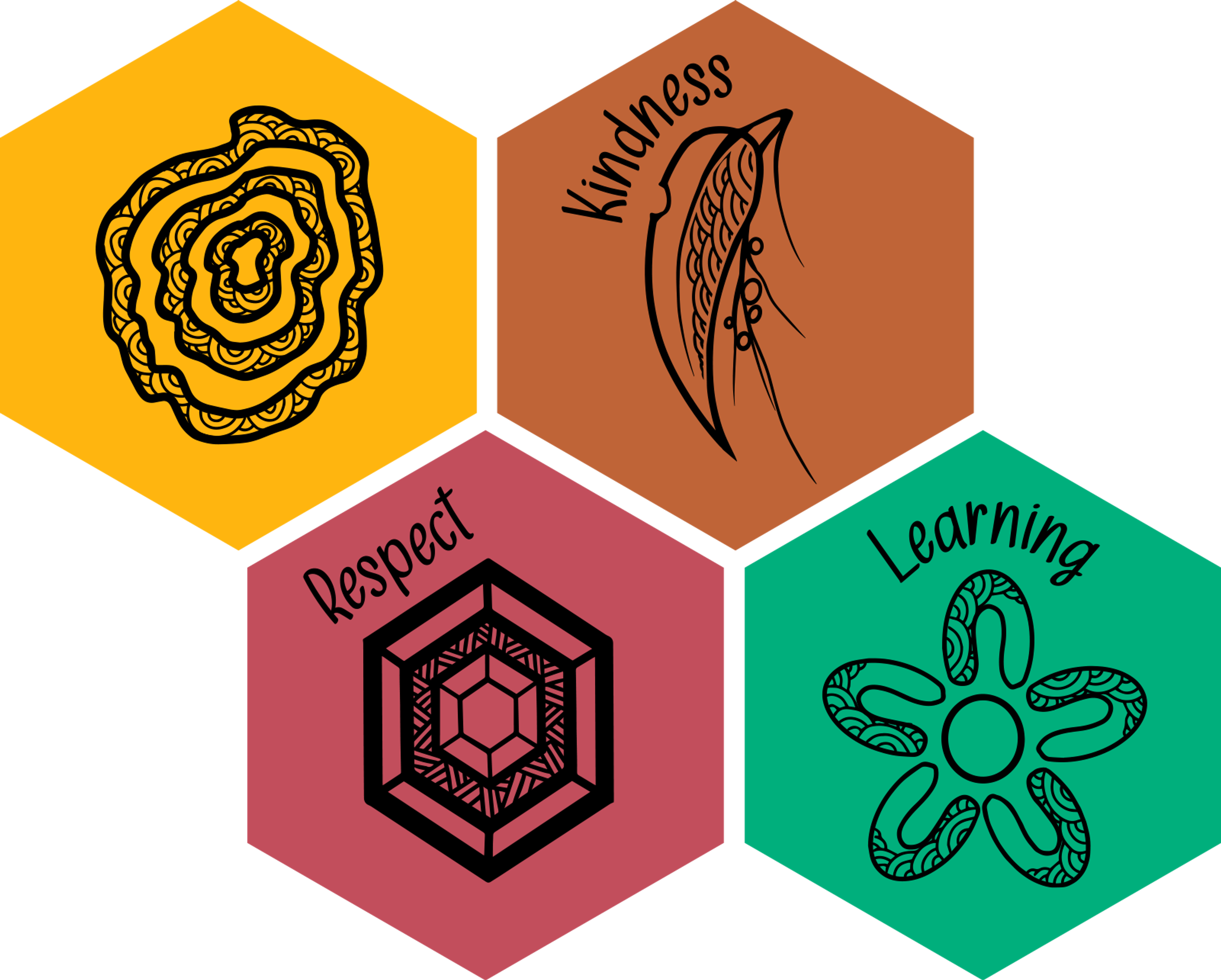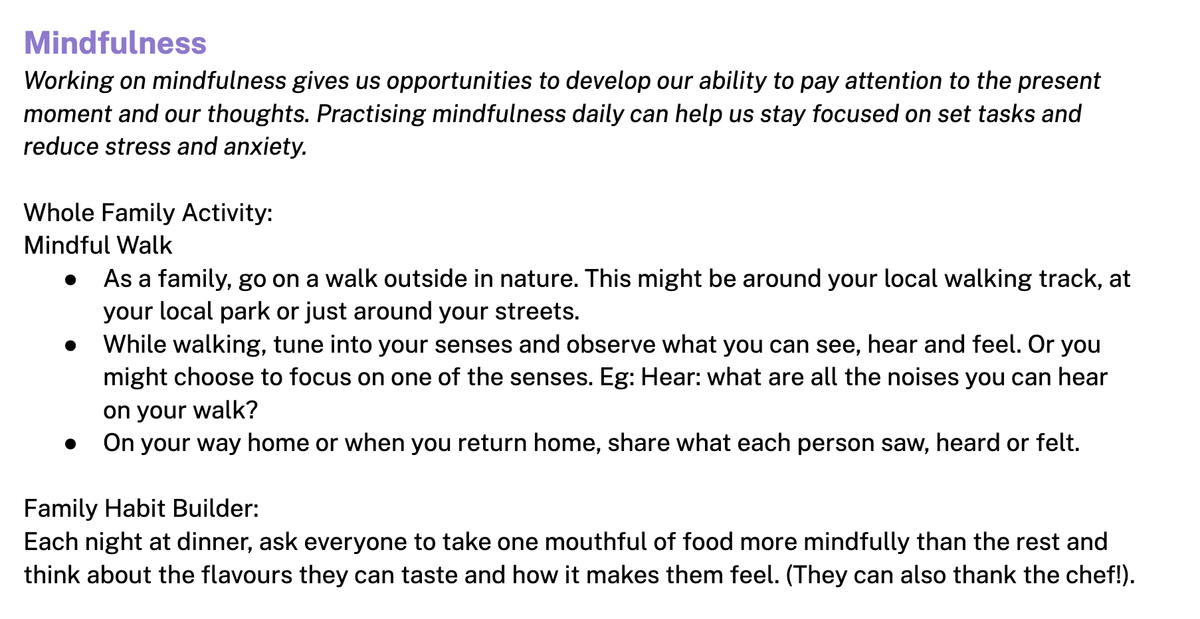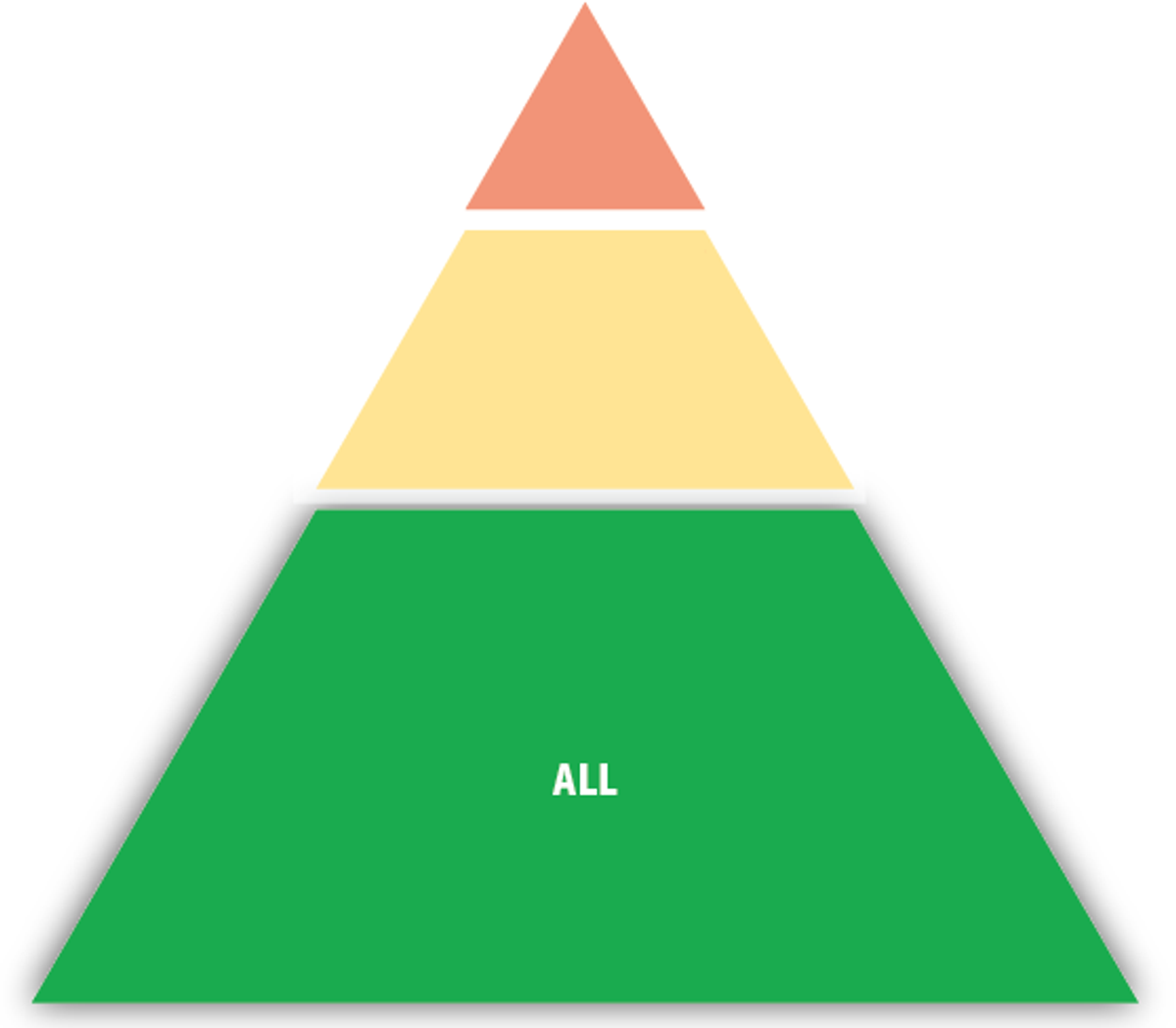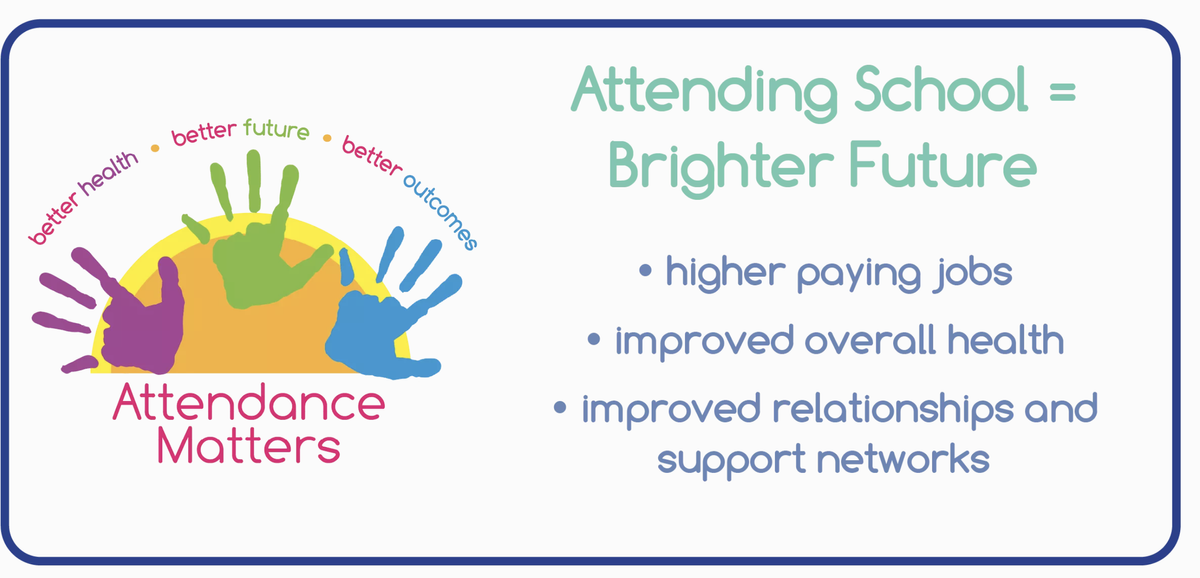Wellbeing
Leader: Jackie Stockdale

Wellbeing
Leader: Jackie Stockdale






Hands up if you identify as a perfectionist?
The Imperfects’ own Dr Em explains how we can identify perfectionism and manage its impact on our every day lives.
LISTEN - https://bit.ly/Imperfects_S5_E15_DrEmily






Positive Behavioural Interventions and Supports (PBIS) is an evidence-based three-tiered framework to improve and integrate all of the data, systems, and practices affecting student outcomes every day. PBIS creates schools where all students succeed.


This week we will share information with you about Tier 1:


The PBIS Triangle—The green area represents Tier 1 that supports all students.
Tier 1 systems, data, and practices support everyone across all settings. They establish the foundation for delivering regular, proactive support and preventing unwanted behaviours. Tier 1 emphasises modelling, teaching, and acknowledging positive social, emotional, and behavioural (SEB) skills. Teams, data, consistent policies, professional development, and evaluation are essential components for these practices to work effectively.
The core principles guiding Tier 1 PBIS include the understanding that we can and should:
Tier 1 systems serve as the foundation upon which all other tiers are built. With school-wide systems in place, schools can ensure students and staff are thriving and quickly identify which students need additional support. These Tier 1 foundational systems are:
The Tier 1 team represents multiple and diverse perspectives to co-create the systems and practices for Tier 1 support. This team is responsible for uncovering strengths and needs by monitoring school and community data, ensuring students receive equitable access to these supports, and evaluating overall effectiveness.
The Tier 1 team meets at least monthly. Team members should have availability to attend at least 80% of all scheduled meetings to provide consistency around action planning and tracking progress. Meetings should include an agenda, minutes, team agreements, defined roles, and a current action plan linked to the school improvement plan.
The Tier 1 team's role is to establish the priority for improving the conditions for learning through the adoption of evidence-based practices. If it is not identified as one of the school's top three needs, it is unlikely anyone will allocate the time and effort needed to accomplish implementation. Although not a requirement, It is beneficial when a majority of school community members also agree PBIS implementation is critical to addressing issues related to SEB growth of all students.
Tier 1 teams review and use multiple data sources regularly to guide decisions. Reviewing fidelity data measures how closely the school implements the critical components of PBIS at Tier 1. Annually, teams evaluate the overall effectiveness of Tier 1 supports and share their findings with interested parties. School community members should see school and community data regularly and have opportunity to provide input on Tier 1 foundations.
The key to PBIS implementation is staff consistency. All staff members are involved in the development of goals, process, and measures. Tier 1 implementation may require professional development to orient all school personnel – particularly around five core practices:
Before schools start implementing Tier 2 and Tier 3 practices, Tier 1 practices must be in place. These include:
Rather than establishing specifically what not to do, schools define and teach expectations and SEB skills they want to see. Schools should identify 3-5 positively stated, easy to remember expectations. These should create the conditions for a positive school climate to support teaching and learning. Anyone should be able to walk into the school at any time and ask 10 random students to name the school-wide expectations. At least 80% of the time those students should be able to say what they are and give examples of what they look like in action.
For students to know the expectations, they must be taught. The Tier 1 team should decide how students will learn expected academic and social behaviours across various school settings.
Students spend the majority of their day within classroom settings. It’s critical the expectations in the classroom align with the broader school-wide systems. This consistency supports better behavioural outcomes for all students. Teachers and students co-design agreements and routines that align with school expectations.
A school’s Tier 1 team determines how to acknowledge students positively for prosocial behaviors. Schools might use an acknowledgment system to support offering specific praise when students do what’s expected. No matter the system, it should be:
All discipline policies should include definitions for behaviours interfering with academic and social success. They offer clear policies and procedures for addressing office-managed versus classroom-managed problems. Defining both the behaviours and the procedures promote consistent application of Tier 1 across all students and school personnel.
Teams should solicit stakeholders, including families, for input on Tier 1 foundations. Opportunities to provide ongoing feedback and direction should happen at least once a year, if not more regularly. This input ensures Tier 1 is culturally responsive and reflects the values of the local community.
Information from: https://www.pbis.org/pbis/tier-1

